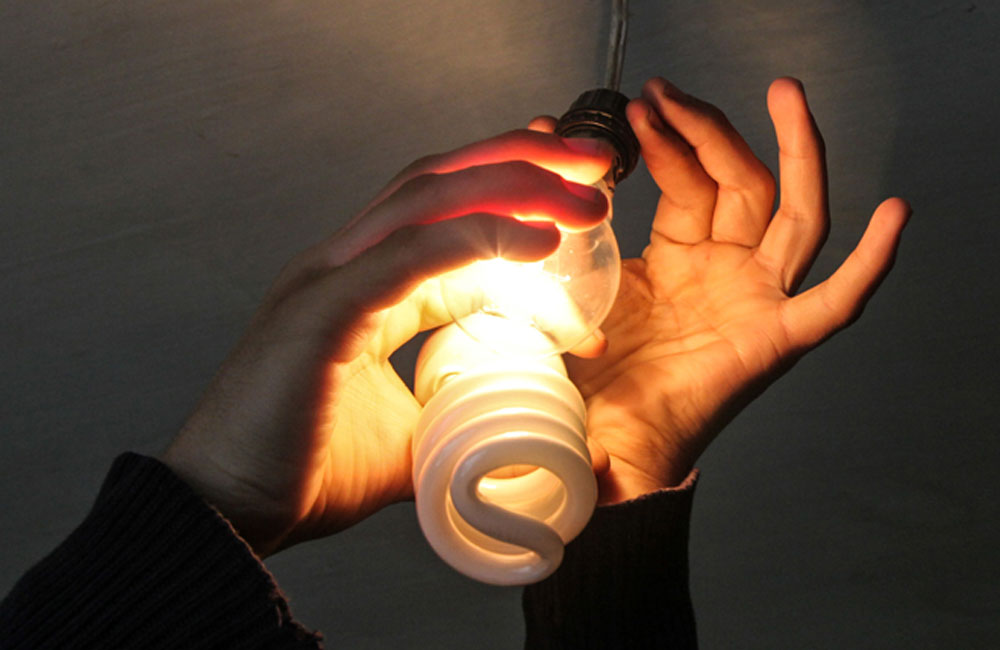Sri Lanka’s electricity demand, sales and investment needs are growing rapidly compelling the Ceylon Electricity Board (CEB) to increase end user tariff making it cost effective, and expedite the implementation of power plants.This was highlighted in the Asian Development Bank funded power sector assessment report.
The peak demand was forecasted to cross 3,000 MW by 2020 and reach 4,800 MW by 2030, the report disclosed.
According to findings and forecasts of a Asian Development Bank funded report, the Ceylon Electricity Board (CEB) will have to incur a massive loss of LKR 436 billion for the period of 2021 to 2023 for emergency power purchasing from independent power producers (IPPs).
A proposal has already been made to purchase 800 megawatts of power from these private power producers this year without calling for tenders.
The CEB System Control is deciding on the most feasible option to purchase power using the available data manually.
This method of power purchasing has opened the floodgates for corruption and irregularities as identifying the least cost method and viable option based on the available data cannot be cannot be carried out manually and it requires relevant software, it was stated.
The CEB plans indicate the investment requirements for power generation to be USD 2400 million from 2020–2025 to meet the growing demand at the lowest cost, the report added.
The capacity shortage has to be resolved by building larger power plants. The CEB has proposed that the two cancelled coal-fired power plants be revived and built using the latest technology.
Additionally, two combined cycle power plants are required to be built to cater to seasonal shortages of hydro power.
“Matching investments are required for transmission estimated to be USD 320 million and in distribution (to serve the growing demand and to improve reliability of supply to customers) a further USD 60 million,” the report said.
Around 69 per cent of the total installed capacity in the country is owned by CEB; while IPPs and small power producers (SPPs) own the rest.
All IPPs are diesel-fired, operating on 10 to 20 year power purchase agreements. All SPPs are renewable energy-based, with 15 or 20 year contracts.
In order to offset this massive loss, the Ministry of Power has no alternative other than increasing electricity tariff by at least LKR 2.50 per unit for this period, the report recommended.
Emergency power purchasing at higher rates from IPPs has now become a significant burden to the economy. Annual purchases of power average from LKR 160 billion to LKR 200 billion.
When the CEB purchases at higher rates, the party involved with the transaction gains a commission for supporting the business, the National Movement for Consumer Rights Protection alleged.
The higher the margin between the buying and selling rate, the higher these parties gain, it said.
Comments
- No comments found

Leave your comments
Login to post a comment
Post comment as a guest